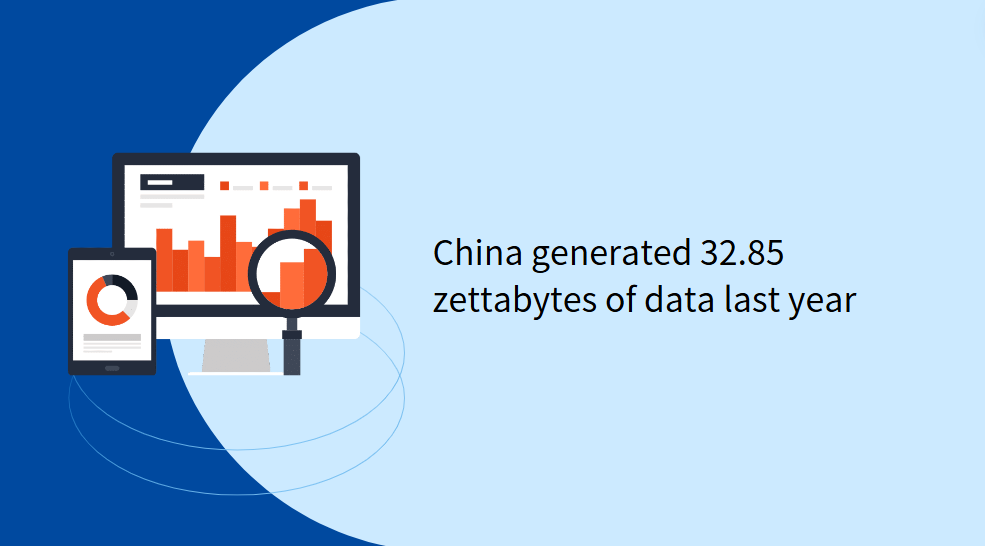Multilayered market gets financial edge
Tighter market regulation combined with a nuanced approach to building a multilayered capital market has accelerated China's attempts to provide easier financial services, especially funding, to technology companies as well as growth-oriented small and medium-sized enterprises in emerging or strategic sectors, market insiders said.
While tighter regulation will help improve the quality of IPOs as well as provide easier exit route for early-stage investors (like private equity or PE firms) in startups, there are two other relatively recent and related developments that have brought glad tidings to the market in the last few months: the rapid growth of secondary funds, or S funds; and the establishment of a new board for small and medium-sized enterprises specializing in niche sectors.
Together, these have the potential to significantly reshape China's capital market, experts said.
S funds enable their investors to purchase equity in unlisted firms funded by PE firms; they can also buy limited-partnership interests in PE firms themselves. Their growth offers reassurance that PE firms can easily exit their primary investments (startups), which is said to encourage more PE investments in startups.
There have been a slew of S fund launches in recent months. In early May, six State-owned enterprises in Southwest China's Sichuan province poured in 1.5 billion yuan ($207 million) to set up the province's first S fund. The aim is to seek investment opportunities in strategic sectors like electronic information, biomedicine, new energy, artificial intelligence and advanced manufacturing.
In mid-April, East China's Anhui province completed registration of a 2.8 billion yuan S fund as part of its broader effort to build a multilayered capital market.
Shanghai, the financial hub of China, of course, leads the S fund pack. Shanghai International Group or SIG, the investment arm for State-owned assets in the city, unveiled a 10 billion yuan S fund in late April. Less than a year back, SIG had initiated a 1.5 billion yuan S fund, the first of its kind launched by SOEs in the city.
Zheng Siyuan, a Shanghai-based partner in market consultancy Bain& Co's Greater China PE practice, attributed the proliferation of S funds to the tightening regulatory grip on IPOs.
Zheng said an S fund can be seen as PE firms' trading in the secondary market. This segment has, at times since 2022, overtaken direct investment in the primary market. A few common practices have since emerged: a limited partner (or capital provider) directly transfers his equity stake to another general partner (or fund manager); or one GP sells some of his/her assets to another GP.






















































First, please LoginComment After ~